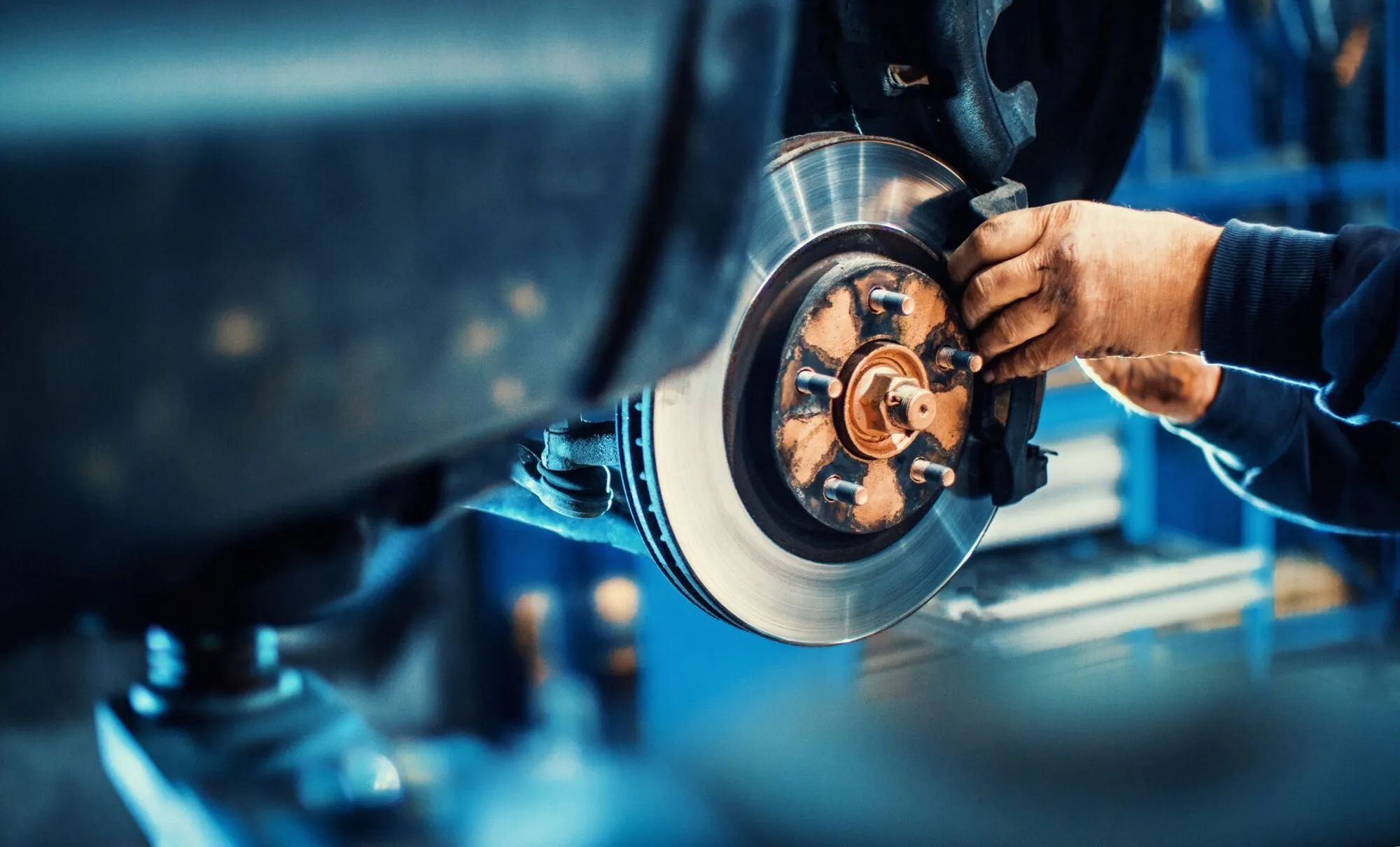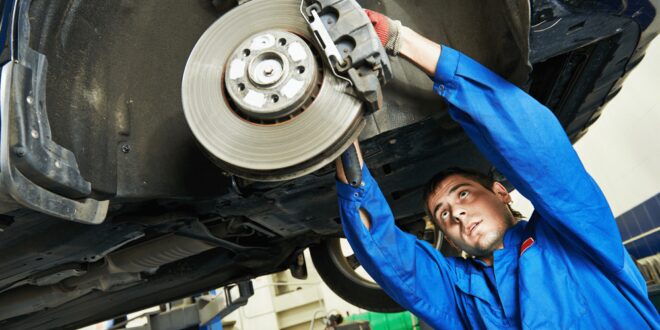In the world of automotive maintenance, few elements are as crucial as the braking system. The ability to stop your vehicle safely can mean the difference between a close call and a serious accident.
Therefore, undertaking a DIY car brake check should be an essential part of your routine vehicle care. While it may seem daunting, the satisfaction and peace of mind that come with knowing your brakes are in good condition are well worth the effort.
Key Takeaways
- Prioritize routine brake checks for enhanced safety.
- Familiarize yourself with warning signs of brake issues.
- Regular brake inspections can prevent costly repairs.
- Understand the components of your braking system.
- Utilize effective brake maintenance tips for DIY inspections.
Importance of Regular Brake Maintenance

Regular brake system care is vital for the safety and performance of your vehicle. Understanding the intricacies of brake systems, including components like brake pads and rotors, can help ensure you maintain effective stopping power. A well-maintained brake system significantly reduces the risk of accidents, allowing for safe driving under various conditions.
Understanding Brake Systems and Their Role in Safety
A car’s brake system plays a crucial role in vehicle safety. It is composed of various components that work together to slow down or stop the vehicle when necessary. Key elements include:
- Brake pads ─ These press against the brake rotor to create the friction necessary for stopping.
- Brake rotors ─ These discs provide the surface against which the brake pads grip.
- Brake fluid ─ This hydraulic fluid transfers force from the brake pedal to the brakes themselves.
To ensure optimal performance, it is essential to know how to check brakes and monitor these components regularly. Effective brake maintenance can help prevent severe accidents caused by brake failure.
Signs of Potential Brake Issues
As a responsible vehicle owner, being aware of signs of brake issues can save you from costly repairs and enhance your safety. Watch for the following warning signs:
- Squeaking or grinding noises when braking.
- Soft or spongy brake pedal response.
- Increased stopping distances or difficulty in stopping.
- Vibration or pulsation when applying the brakes.
If you notice any of these symptoms, it may be time to inspect your brakes. Timely action based on these brake safety tips not only maintains functionality but also ensures that you can drive with peace of mind. Regular check-ins on brake system condition prevent minor issues from escalating into major problems.
| Signs of Brake Issues | Possible Causes | Recommended Action |
| Squeaking or grinding noises | Worn brake pads | Inspect and replace if necessary |
| Soft or spongy pedal | Low brake fluid or air in the lines | Check fluid level and bleed the brakes |
| Increased stopping distance | Worn rotors or brake pads | Inspect and replace components if needed |
| Vibration or pulsation | Warped rotors | Check and potentially resurface or replace rotors |
DIY Car Brake Check ─ Tips for Inspecting and Maintaining Your Brakes

Maintaining your vehicle’s brake system is crucial for your safety on the road. Following a structured approach to brake inspection allows for timely brake pad replacement and helps extend the life of your brake system. This section offers a step-by-step guide along with essential tools and common practices in DIY car maintenance that enhance brake longevity.
Step-by-Step Guide for Inspecting Brake Pads and Rotors
Begin by lifting your vehicle securely with a jack and removing the wheels to access the brakes. Once you have visibility, check the brake pads through the inspection hole in the caliper. Ensure the pads have sufficient thickness and look for any signs of wear, such as cracks or uneven surfaces. If the pads are thin, proceed with brake pad replacement. When replacing pads, use a c-clamp to compress the caliper piston to make room for the new pads and apply a thin layer of brake grease on the backing of the pads to extend their life.
Tools Needed for a Successful Brake Inspection
Having the right tools will make your brake inspection and maintenance more efficient. Here are the essential tools you’ll need:
- Lug wrench
- C-clamp
- Brake grease
- New brake pads (if replacement is necessary)
- Brake inspection guide for reference
For more details on tools and maintenance practices, check out this.
Common Brake Maintenance Practices
Implementing common brake maintenance practices can greatly help in prolonging the life of your brakes. Regularly check the brake fluid levels to ensure optimal performance. Lubricating caliper slides will prevent sticking, which could cause uneven wear. Lastly, conduct periodic inspections of the entire brake assembly to catch any issues early and maintain a reliable braking system.
After any maintenance or repairs, always test the brakes to ensure proper functionality before hitting the road again. This precaution guarantees your safety and reinforces the importance of diligent DIY car maintenance.
Conclusion
Performing regular DIY car brake checks is not just a good habit; it’s an essential component of your vehicle’s safety and longevity. Understanding the importance of brakes and recognizing potential issues early can significantly enhance your driving experience.
By utilizing the brake maintenance tips and step-by-step guides provided in this article, you are empowered to take proactive measures that can lead to better performance and increased safety.
FAQ

How often should I check my car brakes?
It’s advisable to perform a DIY car brake check at least once every 6 months or before long trips. Regular inspections help identify wear and tear early, enhancing overall brake safety.
What are the warning signs that indicate brake issues?
Warning signs include a brake service light on your dashboard, unusual noises like squeaking or grinding, vibrations while braking, soft brake pedals, and foul odors. Address these issues promptly to ensure safety.
How do I perform a DIY brake check?
Begin by lifting your vehicle and removing the wheels to access the brakes. Inspect the brake pads for thickness and wear through the caliper’s inspection hole. Use a c-clamp to compress the caliper piston if replacing pads, and apply brake grease to ensure proper function.
 Imagup General Magazine 2024
Imagup General Magazine 2024
